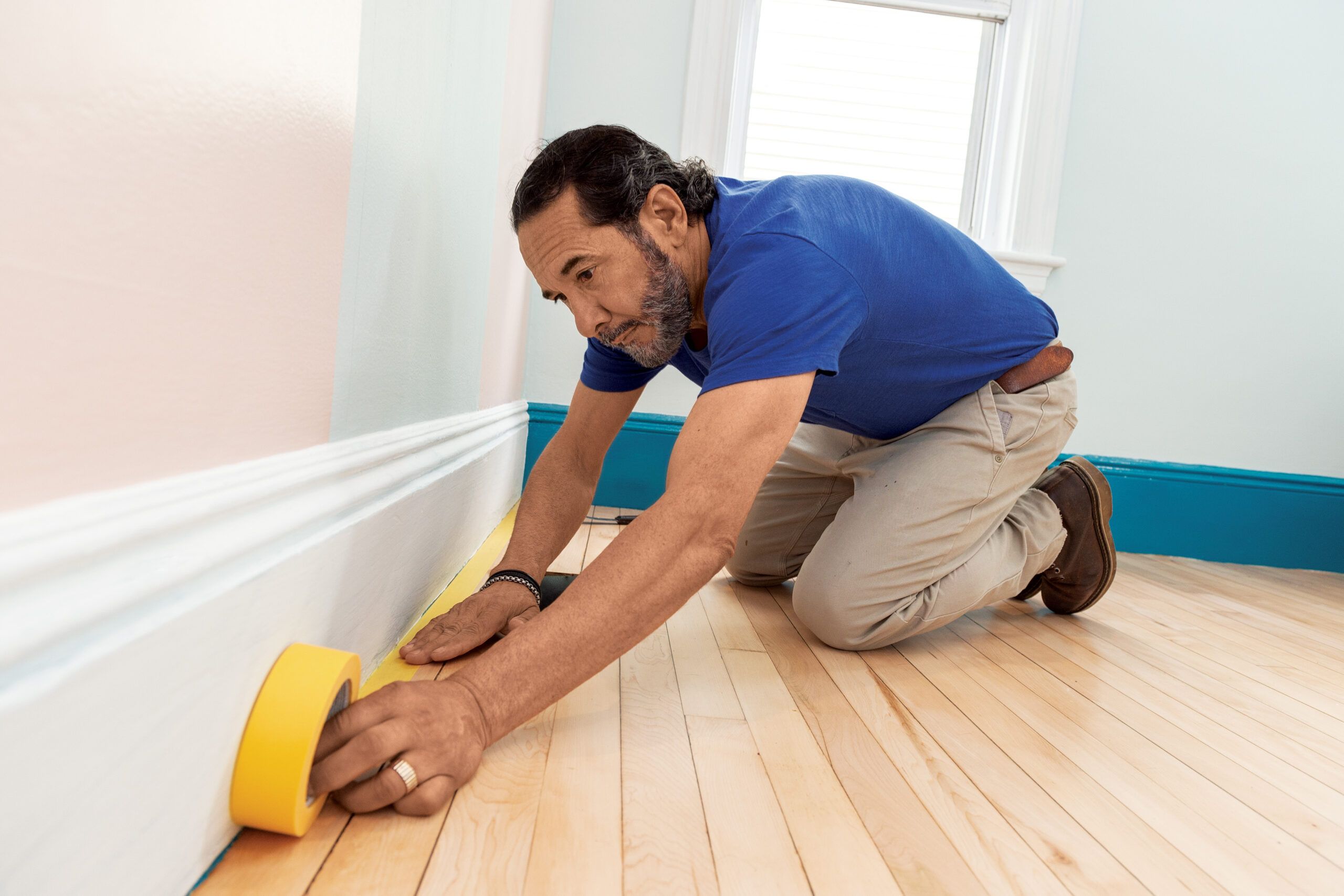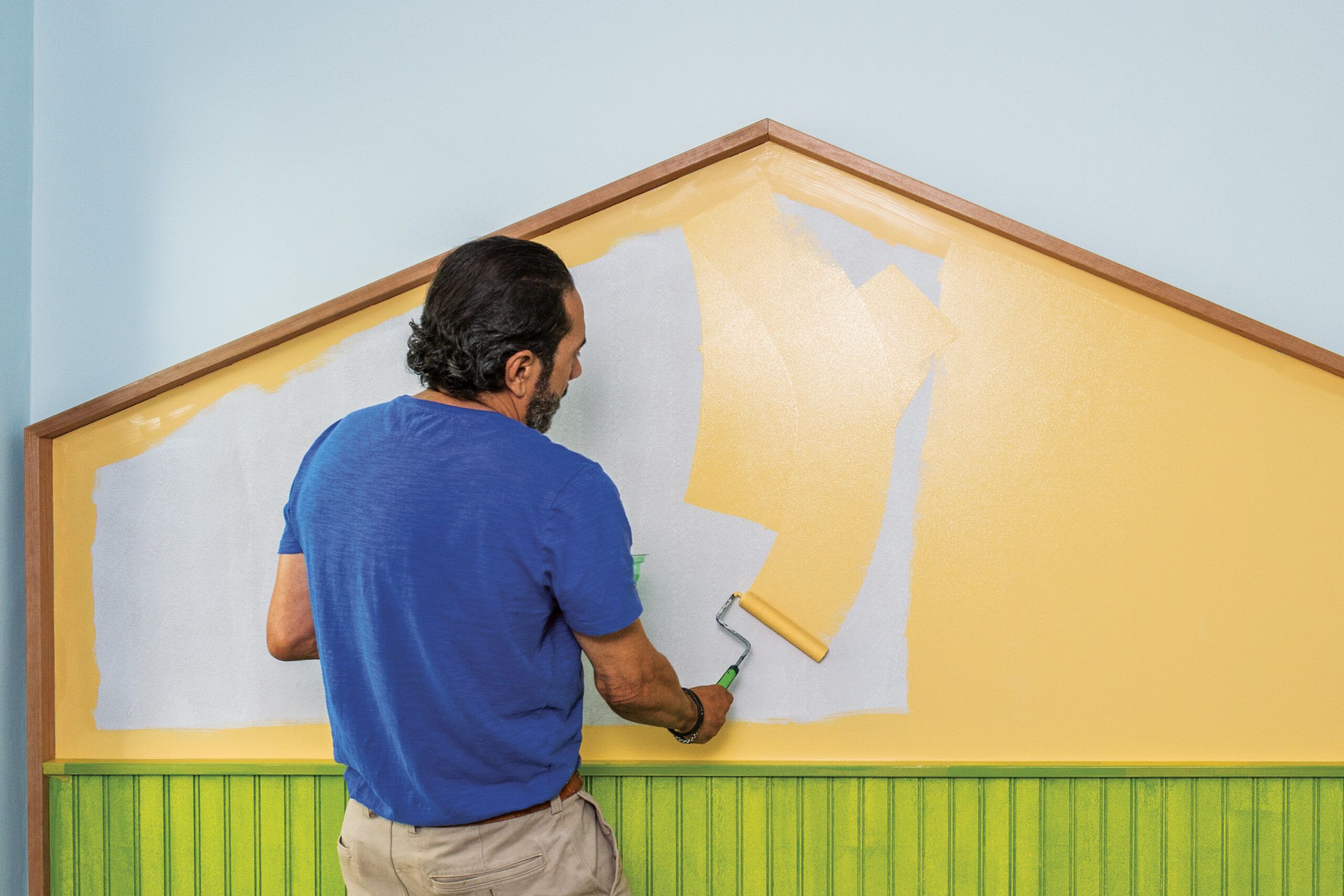
When it comes to refreshing a home’s interior, residential interior painting is one of the most impactful and cost-effective ways to enhance its appeal. However, achieving a professional finish requires careful planning and execution. Following best practices can make the painting process smoother and yield impressive results. This guide outlines essential practices to consider for a successful interior painting project, helping individuals achieve a beautiful and durable finish.
Understanding the Importance of Preparation
Preparation is the foundation of any successful painting project. It ensures that the paint adheres properly and the finish looks flawless. They should allocate sufficient time for this crucial step before diving into the actual painting.
1. Clear the Space
Before starting, they should clear the room of furniture and decor to create a workspace. If moving large items is not possible, they can push furniture to the center of the room and cover it with drop cloths. This will help prevent any accidental splatters on their belongings.
2. Clean the Walls
Dust, dirt, and grease can prevent paint from adhering correctly. Cleaning the walls with a mild detergent and water can remove these contaminants. After cleaning, allow the walls to dry completely.
3. Patch and Repair
Inspect the walls for any imperfections, such as cracks, holes, or peeling paint. Patching these areas with a suitable filler ensures a smooth surface for painting. Once the patches are dry, they should sand the areas lightly to blend them into the surrounding wall.
Choosing the Right Paint
Selecting the appropriate paint can significantly affect the outcome of the interior painting project. They should consider the following factors when choosing paint:
1. Finish Types
Paint finishes can range from flat to high gloss, each providing different looks and levels of durability. For example:
- Flat Finish: Ideal for low-traffic areas like bedrooms. It offers a matte look but is not very washable.
- Eggshell Finish: A popular choice for living areas. It has a slight sheen and is easier to clean.
- Satin Finish: Good for kitchens and bathrooms as it withstands moisture and cleaning.
- Semi-Gloss and Gloss Finishes: Best for trim, moldings, and doors due to their high durability and ease of cleaning.
2. Color Selection
Choosing the right color is one of the most enjoyable yet challenging parts of the painting process. They should consider the overall mood they wish to create in each room. For example, soft colors can create a calming atmosphere, while bold hues can energize a space. It can be beneficial to test paint samples on the walls to see how they look in different lighting throughout the day.
3. Quality of Paint
Investing in high-quality paint can make a significant difference. Quality paints typically have better coverage, durability, and finish. They should read reviews and consult with local paint experts for recommendations.
Mastering the Painting Technique
Once the preparation and paint selection are complete, they can start painting. Using the right techniques will help achieve a professional look.
1. Use the Right Tools
Using the right tools can significantly impact the quality of the finish. They should have a selection of high-quality brushes, rollers, and trays. A paint sprayer can also be considered for large areas to save time.
2. Apply Primer
Applying a primer is especially important when painting over dark colors, new drywall, or surfaces that have not been previously painted. Primer helps the paint adhere better and improves the overall finish.
3. Use Proper Techniques
- Cutting In: Begin by painting the edges and corners of the walls with a brush. This technique, known as “cutting in,” ensures a clean line where the wall meets the ceiling or trim.
- Rolling on the Paint: After cutting in, they can use a roller to cover the larger areas. Using a roller with the right nap thickness can help achieve an even coat. For smooth walls, a shorter nap is preferred, while a longer nap is better for textured surfaces.
- Multiple Coats: Depending on the color and type of paint used, applying multiple coats may be necessary. They should wait for the first coat to dry completely before applying the next one.
4. Ventilation is Key
Proper ventilation is essential when painting indoors. Opening windows and using fans can help reduce paint fumes and improve drying times. They should always follow safety guidelines when working with any chemicals.
Final Touches and Clean-Up

After the painting is complete, they can focus on the final touches and clean-up.
1. Inspect the Work
Once the paint has dried, they should inspect their work for any missed spots or imperfections. Touching up these areas ensures a polished finish.
2. Remove Painter’s Tape
Carefully removing painter’s tape while the paint is still slightly tacky can help achieve clean lines. If the tape is left on too long, it may pull off some paint with it.
3. Clean Up
Cleaning brushes, rollers, and trays promptly after painting will prolong their lifespan. If they used latex paint, soap and water will suffice for cleaning. For oil-based paints, mineral spirits may be needed.
4. Replacing Furniture and Decor
After everything is dry and cleaned up, they can move furniture back into place and hang any decor. It’s always satisfying to see how the newly painted walls transform the space.
FAQs About Residential Interior Painting
1. How long does it take to paint a room?
The time required to paint a room depends on its size and the complexity of the job. On average, it can take anywhere from a few hours to a couple of days to complete the project.
2. Do I need to use primer?
Using primer is highly recommended, especially if changing from a dark to a light color or painting bare surfaces. It helps ensure a uniform finish and better paint adhesion.
3. Can I paint over wallpaper?
Painting over wallpaper is generally not recommended. It’s best to remove the wallpaper first to avoid issues with adhesion and peeling.
4. What is the best time of year to paint indoors?
While indoor painting can be done year-round, late spring and early fall are ideal as temperatures are moderate, and humidity levels are lower.
Conclusion
Following best practices for residential interior painting can lead to beautiful and long-lasting results. By properly preparing, selecting the right materials, and applying effective techniques, individuals can transform their spaces with ease. For expert assistance or guidance in Happy Valley, Oregon, they can contact Happy Valley House Painting at (503)-664-9400. Whether it's a small touch-up or a complete room makeover, they are here to help achieve stunning results!